Our enduring love for the Volkswagen Beetle
DESIGN ICONS| 30 August 2013
The VW Beetle: How Hitler’s idea became a design icon
HIDE CAPTION
- People's car
- The VW Beetle became the most-produced car in automotive history, with 40 million rolling off production lines between 1945 and 2003. (Getty Images)
An idea that came from Hitler would become the best-selling car of all time. Jonathan Glancey explains our enduring love for the Volkswagen Beetle.
In 1945, a rare and curious Volkswagen car was shipped from its bomb-damaged German factory to England. Here, a commission of leading British motor manufacturers, chaired by Sir William Rootes, inspected the small, streamlined saloon. It would be “quite unattractive to the average motorcar buyer”, the commission reported. “It is too ugly and noisy”, while “to build the car commercially would be a completely uneconomic enterprise.”
This damning judgement proved as ill founded as that of Decca record bosses who, in 1962, declared “The Beatles have no future in show business”, and turned the mop-tops down. Since then, global sales of highly lucrative Beatles’ albums have topped two billion. The Volkswagen Beetle, meanwhile, with its friendly styling by the Austrian designer Erwin Komenda, and innovative engineering by Ferdinand Porsche, became the best-selling car of all time.
Production of the Beetle outstripped that of Henry Ford’s Model-T when the 15,007,034th car rolled off the line at Wolfsburg in 1972. The very last Beetles were made in Mexico in 2003 by when more than 21.5 million had been built worldwide. As its name made clear, the Volkswagen was truly a ‘People’s Car’, and, although many modifications were made between 1945 and 2003, the first and last Beetles were clearly peas in the the same mechanical pod.
Star vehicle
The remarkable thing about the Beetle is not just the sheer number of sales, but the fact that a car developed from an idea of Adolf Hitler’s was to become as loved by Californian surf dudes, college kids and free lovin’ hippies as it was desired by fervent Nazis. Herbie – the anthropomorphic star of six Hollywood movies beginning with The Love Bug in 1968 – was the same car German families had saved up for before Hitler’s invasion of Poland dashed their hopes.
Ultimately, the sheer quality, along with the affordability, reliability, economy and distinct look and feel of the Beetle, ensured its success. It had, though, been touch and go for Volkswagen in 1945. Although the car had been on the drawing board since 1934, following a meeting between Hitler and Porsche, the Volkswagen failed to get into production before the war.
The idea had been for a small saloon that could carry a German family of five flat-out at 100kph along the country’s new autobahns. It was to have cost 990 Reich Marks, which represented 31 weeks’ pay for the average German worker in 1936, making it cheaper than the £100 Fords being made in England (31 weeks pay for the average British worker in 1936 was about £100). To buy one, however, members of the Volk had to join a special savings scheme run by the organisation KdF (Kraft durch Freude, or Strength through Joy); from 1938, the Volkswagen was officially named the KdF Wagen.
There was little joy, though, in rival engineering camps. The Czech car company, Tatra, claimed that Porsche had infringed several design patents, notably those by Hans Ledwinka, an Austrian engineer much admired by Hitler. Tatra took legal action, but Hitler invaded Austria, seized its factory and banned Ledwinka’s VW-like prototypes from public show. In 1961, however, VW made a substantial payment to Tatra through an out-of-court settlement. By then, though, Volkswagen had conquered the world.
In 1945, factory and car had been saved by Major Ivan Hirst, a British army officer and engineer. Hirst had witnessed first hand the sheer quality of VW-based military vehicles during the war and believed that, once in production, a peacetime Beetle would have an appeal well beyond Germany.
Size matters
Sold to the United States in a brilliant ‘Think Small’ advertising campaign launched in 1959 and devised by the New York agency Doyle Dane Bernbach, the Beetle became the biggest selling foreign-made car in America throughout the ’60s.
It went on to sell in various guises, as a soft-top, a sportscar – the svelte, if unhurried VW Karmann Ghia – and as an interminably fashionable Camper van. A ‘New Beetle’, based on the floorplan of the VW Golf, the Beetle’s replacement, went on sale in 1998, although this was always something of a mechanical dress-up doll rather than the real thing.
These days, and despite global recession, there is a lot more money in the world, so the elemental nature of the honest-to-goodness Beetle will seem a little too severe for those who dream of buying, let’s say, a Bentley. But, in an almost comic turn of events, Volkswagen now owns Bentley. However impressive, an elite Bentley can never be a People’s Car. Few cars since have ever really lived up to the name, one devised by a brilliant Bohemian engineer and a brutal Austrian-born German dictator seventy years and more than twenty million air-cooled cars ago.

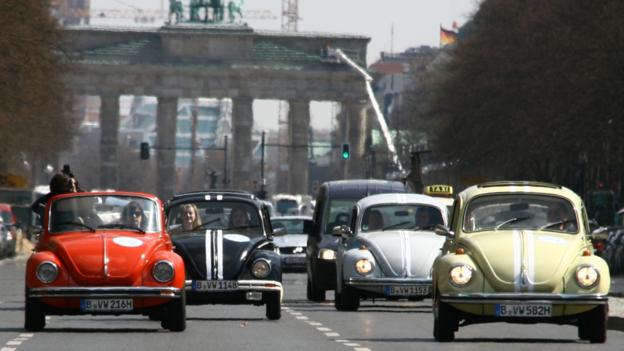
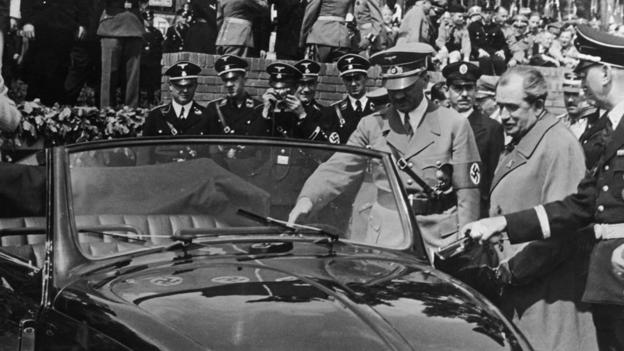
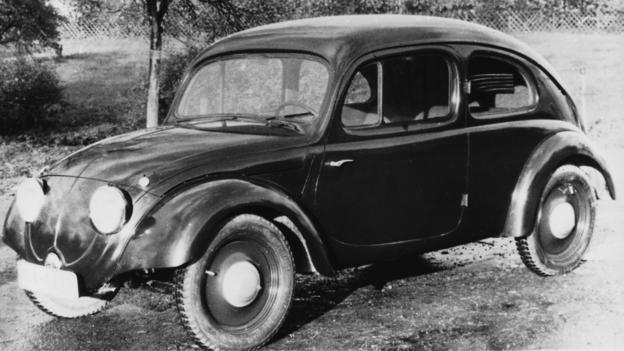
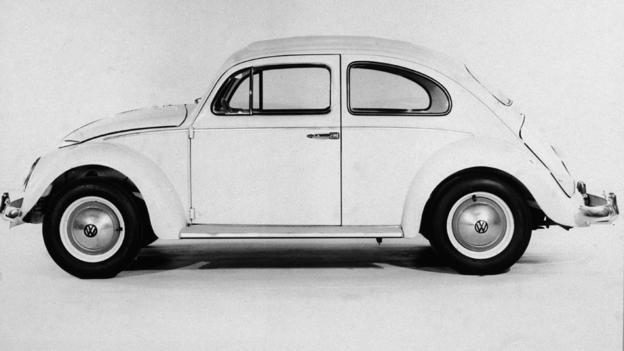


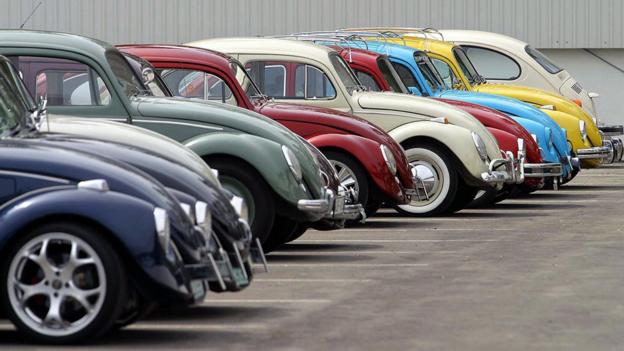
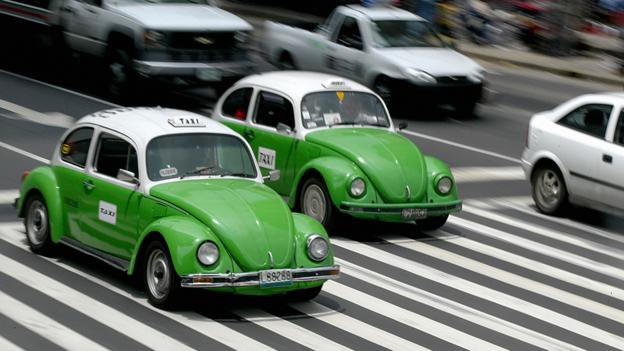
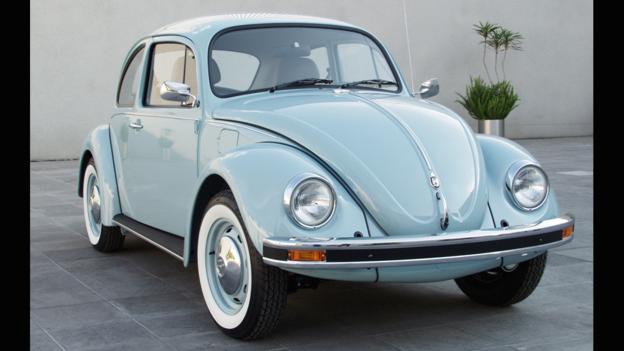
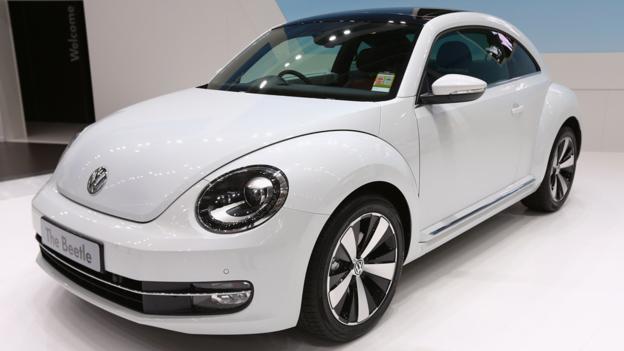
















沒有留言:
張貼留言